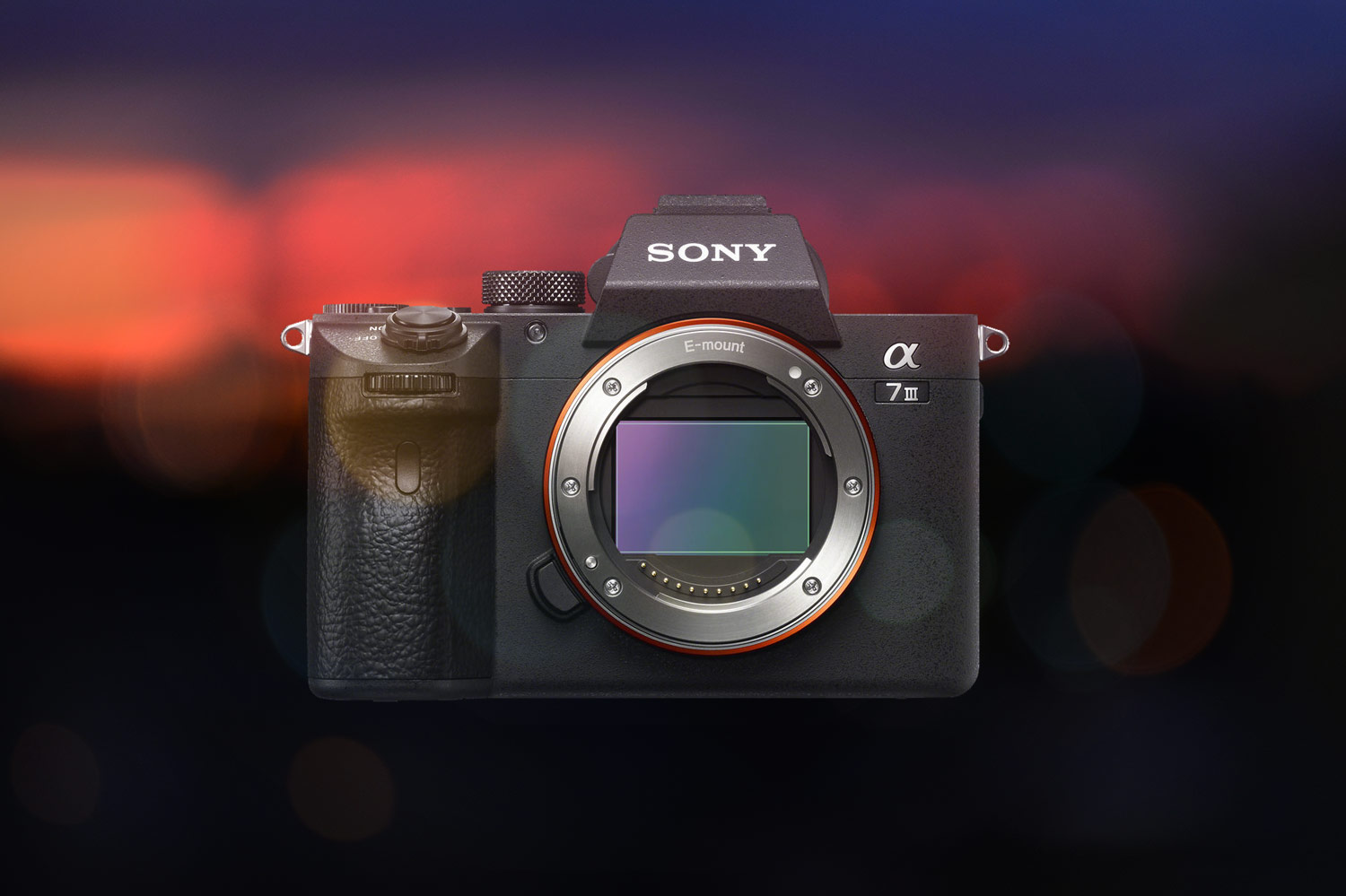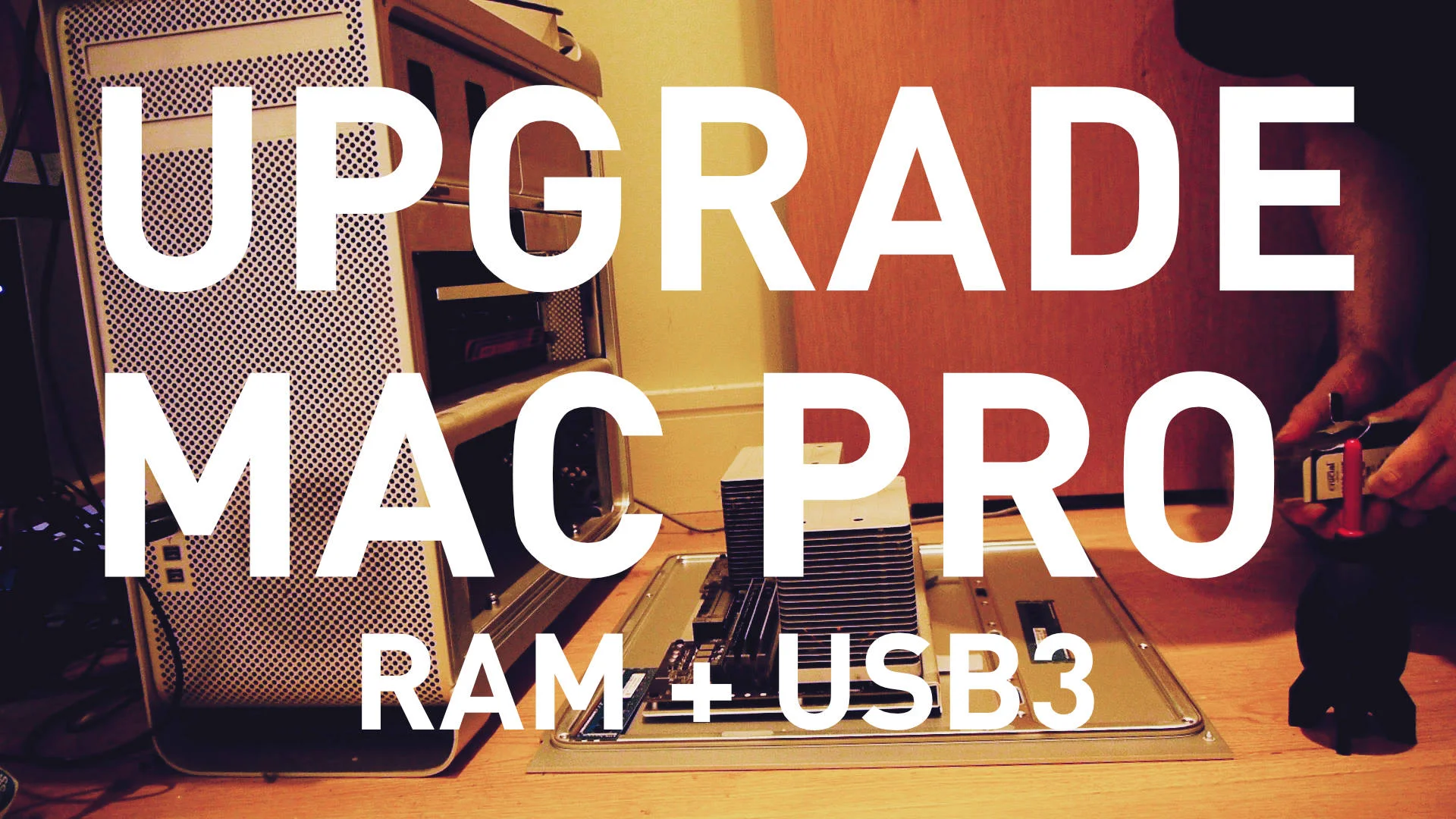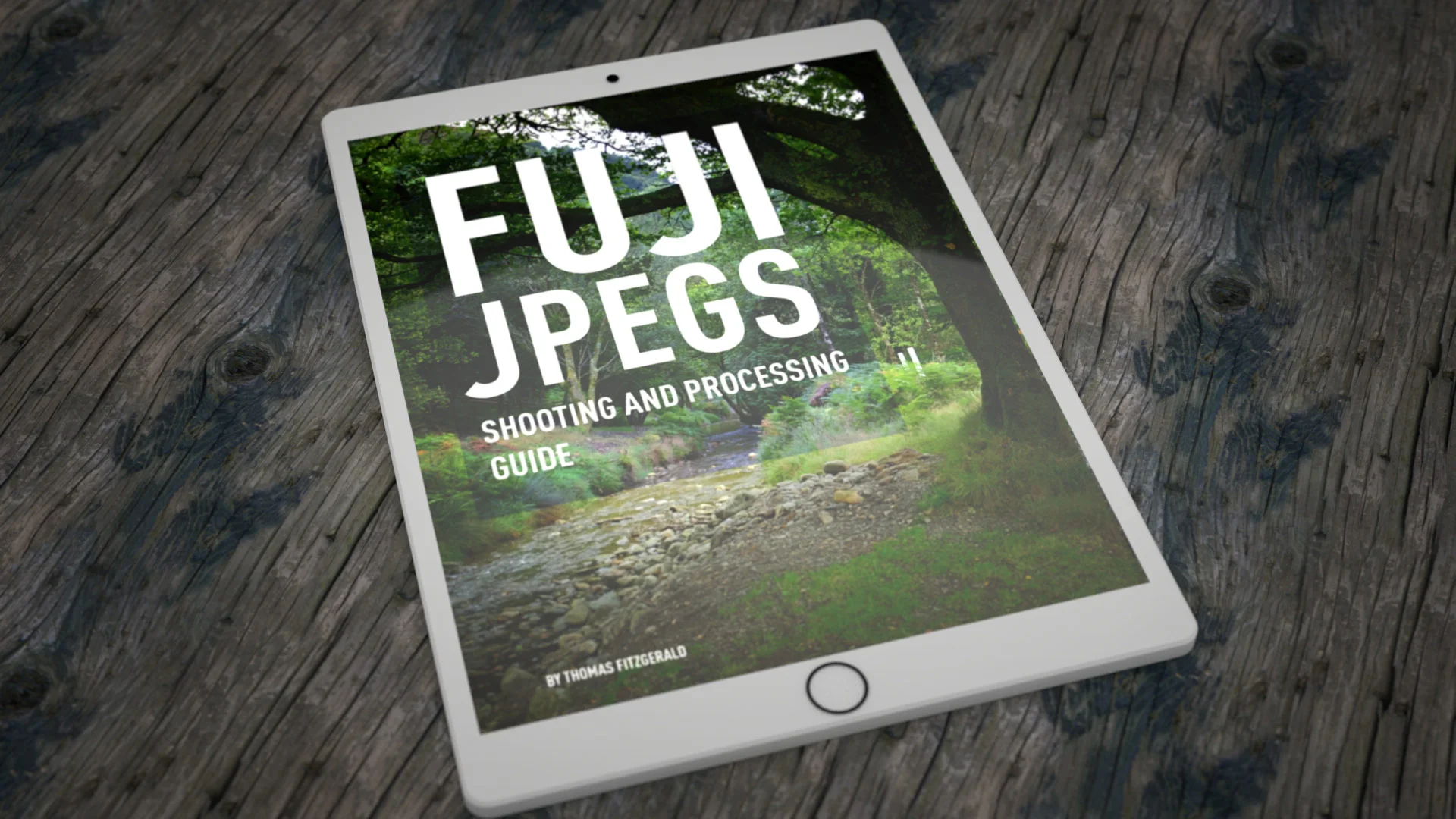Whenever I set about editing an image or a whole shoot, I usually break the task down into two passes. First, I do any necessary corrections to the picture, and then I do more creative editing. I use this approach regardless of what software that I’m using, and by doing this, it makes it a bit easier to manage your editing process, and also to make multiple versions of an image. Let me explain a bit further.
Video: Lightroom Quick tip - How to use Lightroom Presets in Photoshop Camera RAW
In this Lightroom Quick Tip video, I sow you how to convert your Lightroom presets for use with Photoshop Camera Raw. It’s a fairly straightforward process and only takes a minute.
How I learned to love Cinematography by watching The West Wing
Without a doubt, my all-time favourite TV show is Aaron Sorkin’s The West Wing. Every time I re-watch the show, it reaffirms my belief, that for me, it is one of the best TV shows ever made. Aside from the story, the performance of the cast, and its optimistic viewpoint, what I most remember about my first time watching the series when it originally aired, was that it got me interested in cinematography for the first time.
Video: Luminar Quick Tip - The Right way to Use Sunrays
I’m starting a new series of Luminar QuickTips on my YouTube channel and I’ve just posted the first of these. In the video, I look at using the Sunrays filter to enhance an image that already has a sun in the shot.
Negativity in the Photographic Community
I’ve been toying with the idea of writing this piece for a little while now. I have a draft of it going back two years, and every time I try to write it, I stop, for fear of the inevitable backlash. You see, for me, while the internet has undoubtedly been a positive influence on photography as an art form, and as a way to help new and up and coming photographers, it can also be an overwhelmingly negative force.
The EVF effect - An excerpt from my Fuji Jpeg Guide
This is another short excerpt from my latest eBook on working with Fujifilm Cameras. In Chapter 3 of "Fuji Jpegs: A Shooting and Processing Guide, " I cover a collection of tips to help you get your images as close as possible to what you want them to be in-camera. In the chapter, I point out that it’s important to understand that in many cases, a lot of what is “right” is subjective, and depends entirely on the look that you’re aiming to achieve. In the following excerpt, I discuss one of the side effects of using an EVF and why you need to be careful with your exposure.
Video - PhotoWalk Diary: Snow Day
Yesterday, I posted a collection of photos that I took around the local area following a rare snowfall here in Dublin. When I was shooting those, I had also filmed my progress with a GoPro mounted in the Camera’s hot-shoe. After a day of editing, I cut down the 50 minutes of footage into a video, and it’s the start of a new series I’m planning to do on my YouTube channel: “Photo Walk Diary”.
Snow Day & Waiting for Snowmageddon
You may have already read about the cold snap covering much of Europe, called “The Beast From The East”. In the next 48 hours, it is set to combine with a serious storm that is forming off the south coast of Ireland to create some severe conditions, with heavy snow and storm force winds. As we wait for the impending snowmageddon, there was a brief let up yesterday, and so I headed out around the local area to get some pictures of the snow at that stage.
Sony A7III: Redefining “Basic”
Sony has just announced the newest iteration of their full frame “A7” series. The A7III is the new “basic” model in the A7 lineup. This is the third generation of Sony’s first full frame mirrorless camera, and it feels like the line has reached a level of maturity with this new version. Sony may call it “basic”, but based on the specs it is anything but.
How to quickly get better RAW colours in Luminar
One of the issues that I have when using RAW files in Luminar is that the colours are often a little flat and the contrast is a bit washed out. This comes from RAW files not having a proper profile in the software, and while it has improved in recent years, it’s still a ways off from the default results that you would get in the likes of Lightroom or Photoshop.
Eos M-50: Canon’s Almost perfect Vlogging Camera
Canon has just announced the company’s newest mirrorless offering, the Eos-50. While Canon hasn’t exactly excited the photographic community with their previous offerings, apparently they do sell well. The new Eos-m has some nice new features, including 4K video, which will have many Canon fans saying “finally”, although it does come with a lot of caveats. They have also changed the form factor slightly, and put a proper articulating screen on the camera, as opposed to the weird flip down model which was on the previous Eos M-5. While some people might scoff at this camera compared to those from Sony or Fuji, it does seem to be perfectly suited to the one market most other manufacturers seem to be ignoring: Vloggers. Well, almost perfect.
Understanding Fuji’s Shadow and Highlight Tone Options - An Excerpt from my Fuji Jpeg Guide
Last week I launched my latest in a series of guidebooks for Fuji shooters. This one focussed on using Jpegs, and how to shoot and process them to get the best results. It dealt with some of the quirks of Fuji’s in-camera options and so on. I was actually surprised at how successful it was, and I was actually afraid my store would crash on the first day, as the interest was so high. I want to really thank everyone who bought a copy as I really wasn’t expecting it to be so successful. For this who haven’t seen it yet, I wanted to give you a taste, and so here’s an edited excerpt from the guide about how Fuji’s Highlight and Shadow Tone options work…
Street Photo Diary: Episode 3 - Dublin + Fuji X-Pro2
It was a lovely sunny day in Dublin the other day, and it was surprisingly warm after a long cold spell. I grabbed my cameras and headed out to do some street and cityscape photography in the city. As well as trying to get some new street photography, I also wanted to shoot another episode of “Street Photo Diary”
What a difference some Extra Ram makes
My main computer is an ageing 2012 Mac Pro. At the time it was reasonably well specced, but lately, I have been really struggling with it, especially with newer versions of Adobe’s Creative Cloud applications. In particular, it has become increasingly difficult to run multiple applications at once, and with the most recent round of updates, I cool no longer run Lightroom and Photoshop simultaneously.
Using Luminar non-destructively from Photoshop and Lightroom
I was playing around with some photos in Photoshop earlier today, and I was also using Luminar as a plug-in, when I stumbled across something cool, almost by accident. It’s one of those things, that seems kind of obvious on hindsight, but I had never thought of trying this before. You can use Luminar non-destructively within Photoshop if you use it on a smart layer.
Fuji X-H1 Announced - My thoughts
The much rumoured new top end Fujifilm X-Trans APS-C camera has been announced this morning. The X-H1 comes in a new body design that is similar to the medium format GF-X and the big headline feature is the addition of in-body stabilisation
Lightroom 7.2 Initial Thoughts
Yesterday Adobe released the much-hyped “speed most” update to Lightroom. The new version, which had been previously released to a number of websites in beta also has a few new features in addition to the performance improvements. So is it any good?
My new Fuji Jpeg Guide is now Available
I’m happy to announce that my latest in a series of guides for Fuji X-Series cameras is now available. The official title is “Fuji Jpegs: A Guide to Shooting and Processing” is a 76 page guide with tips and techniques for getting the best results when shooting with Fuji’s Jpeg engine.


















